Let’s make 2018 the Year for a New Leadership
When Agile becomes something for the whole organization leadership needs to adapt to support Agile values and principles. Let the new year give energy to grow a leadership that supports an organization fit for the future. Let’s build an Agile Mindset that can change how leaders act in their daily activities, how they lead people and business, form organizations and governance.
French Translation of this poster >
Portuguese Translation of this poster >
Spanish Translation of this poster >
Free Download of the English Agile leadership in a Nutshell poster in High resolution (PDF)
EDIT 18/1: The poster is now updated to ver 1.1 with some spelling correction and some other great improvements. Thanks to all of you who contributed 😀
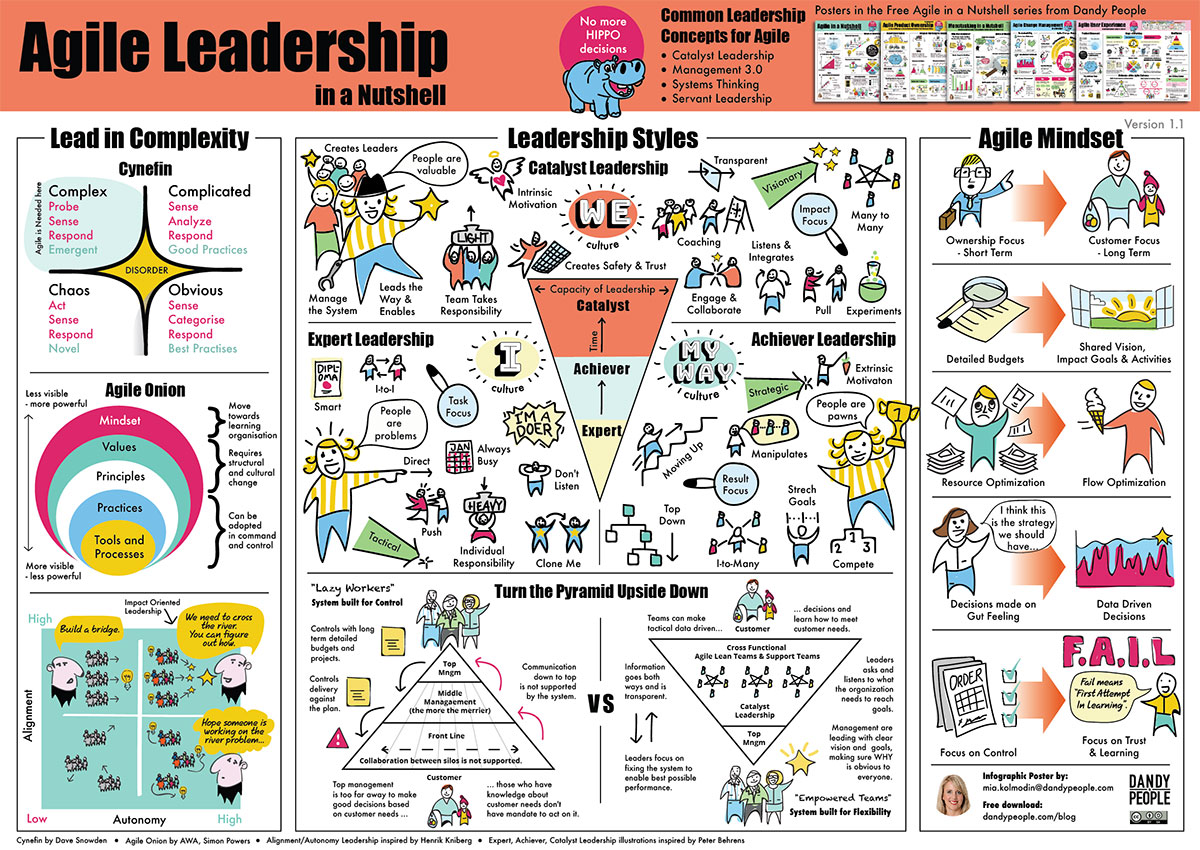
This poster is for me a way to visualize key concepts for how to lead with an Agile Mindset. At Dandy People we use it in our Agile coaching and training. We hope you as well can have use for it in your work. Please let us know if you have any feedback or questions on this poster.
To Lead in Complexity
The basis for Agile leadership is that we need to have a leadership that works in complexity – that support flexibility, transparency, collaboration and authonomy to enable the “workers” to make smart tactical and operative decisions to reach well defined impact goals. There are several common leadership concepts that support this kind of leadership;
- Catalyst Leadership
- Management 3.0
- Systems Thinking
- Servant Leadership
Three leadership Styles
In the poster there are three leadership styles visualized;
- Catalyst Leadership (Best for Agile)
- Achiever
- Expert
The infographic contains numerous of illustrations to visualize some of the behaviours of each leadership style. I believe (without perhaps any support from research) that you can change leadership style to become a Catalyst Leader if you make this decision, practice and work on it. I also believe that the environment we live and act in shapes how we behave and what we might see as good leadership.
Agile Mindset and what it might mean in Reality
When you understand that Agile actually is a way of thinking, a mindset, and not a process ot tools, it usually unlocks the “next level” in your game. But many leaders might find it quite difficult to put the Agile mindset to practice in reality. What does it really mean for governance? How do we build organizations, create good salary models, plan our projects, grow our staffs knowledge, build teams…? I have covered just a tiny part of that in this poster, the list could go on forever I know.
Need Coaching and Training for Agile Leadership?
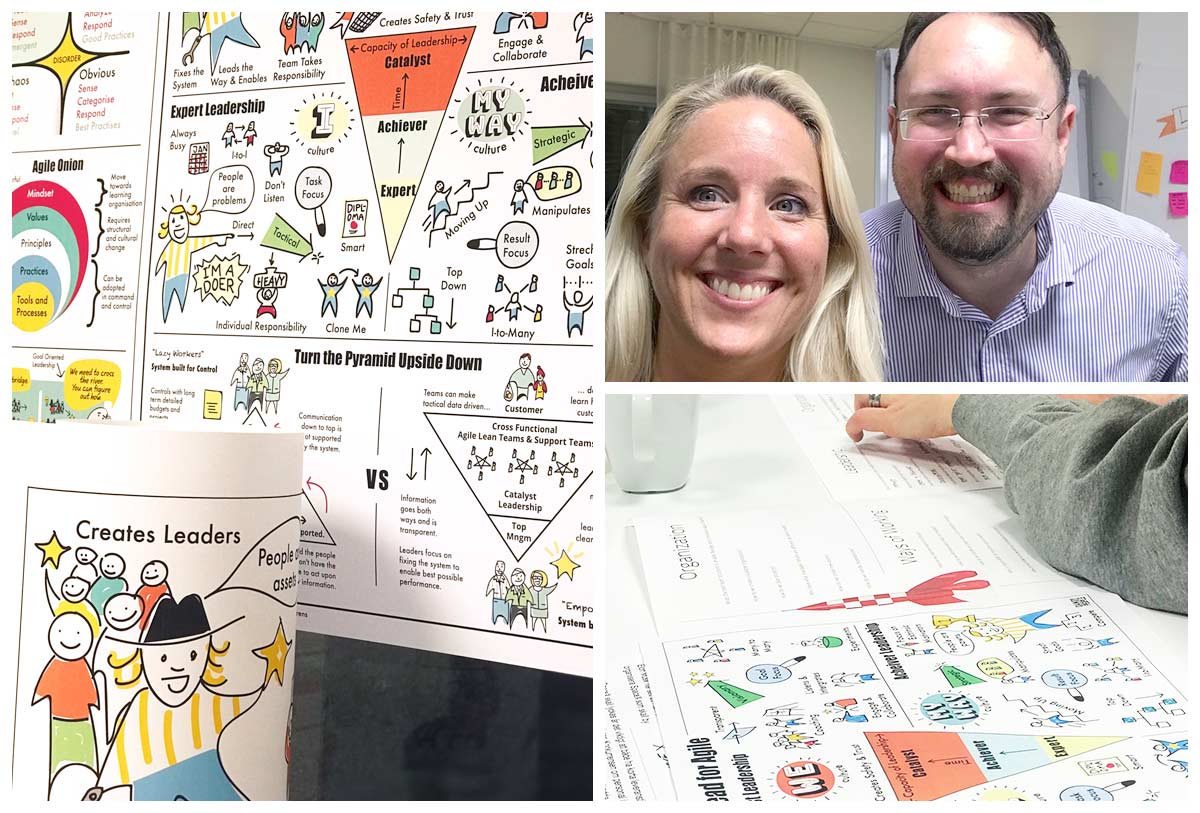
If you need help to reshape the leadership in your organization to support your Agile journey, let us know and we’ll happily join forces with you to coach and train your managers and every one else who can become leaders. (more…)


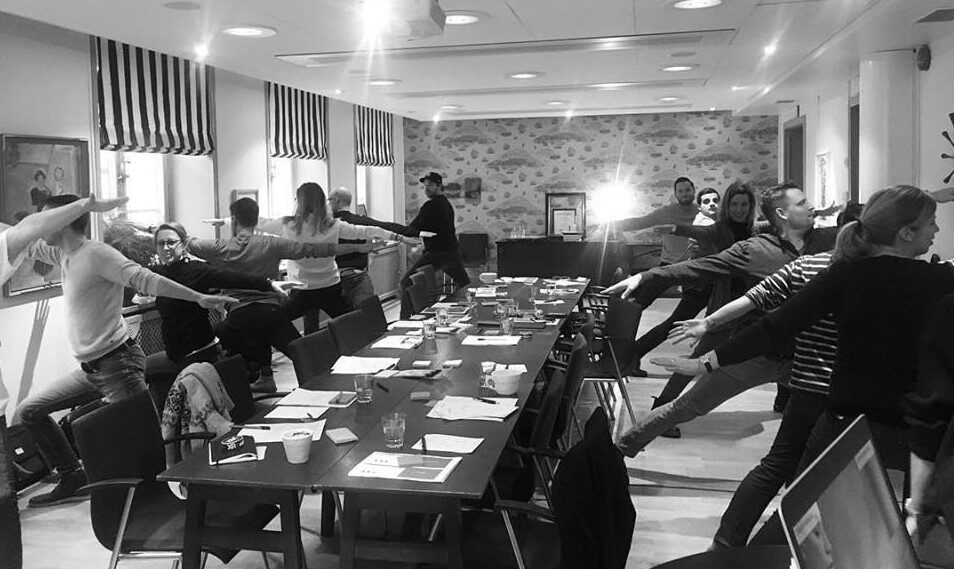






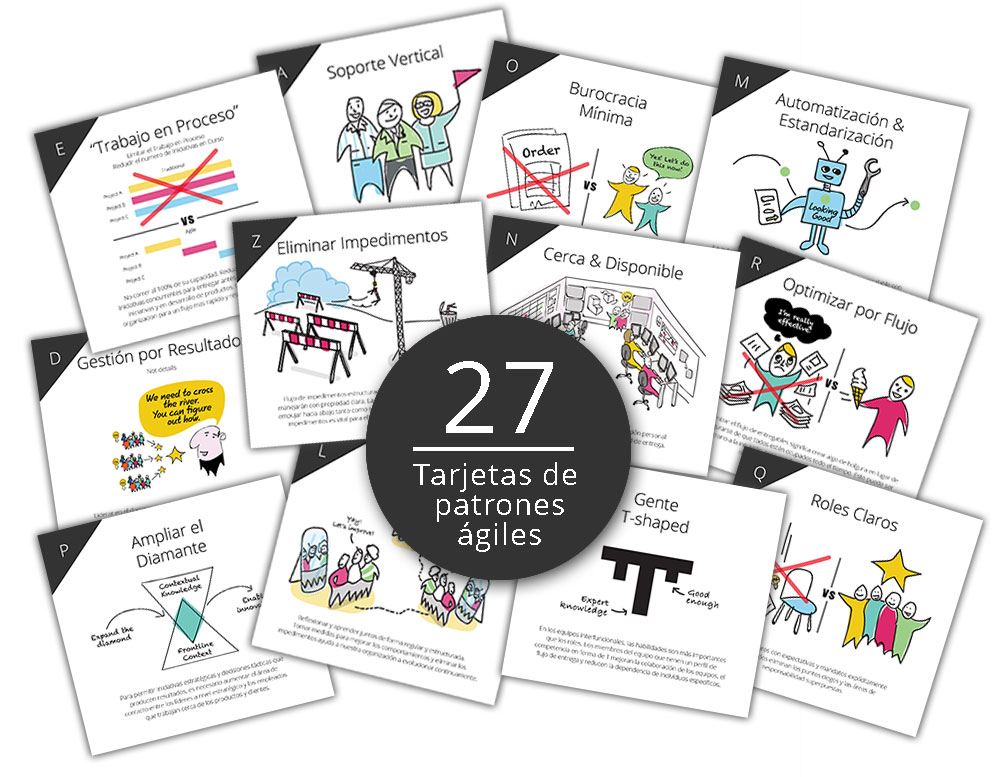
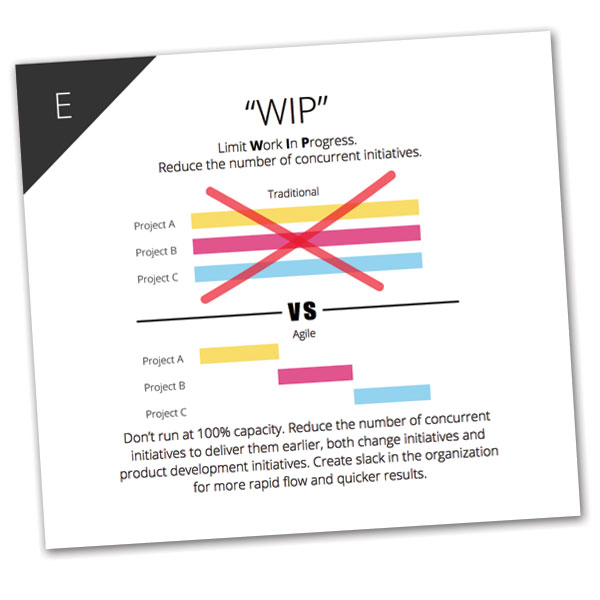
 Les équipes multidisciplinaires sont des équipes avec toutes les expertises néecessaires pour créer un produit et le mettre en production. Cependant, il ne suffit pas de rassembler un groupe de personnes différentes et de s’attendre à ce qu’elles agissent en équipe. Ce jeu essaie de montrer les conséquences du maintien d’une expertise et d’un rôle unique par les membres d’une équipe.
Les équipes multidisciplinaires sont des équipes avec toutes les expertises néecessaires pour créer un produit et le mettre en production. Cependant, il ne suffit pas de rassembler un groupe de personnes différentes et de s’attendre à ce qu’elles agissent en équipe. Ce jeu essaie de montrer les conséquences du maintien d’une expertise et d’un rôle unique par les membres d’une équipe.
 T-shape is about growing skills in people that might not be in within their core expert competence area. When coaching leaders, teams and organizations we’ve noticed that building T-shape is often a game changer that makes a big impact – but it might sometimes be more tricky than you think.
T-shape is about growing skills in people that might not be in within their core expert competence area. When coaching leaders, teams and organizations we’ve noticed that building T-shape is often a game changer that makes a big impact – but it might sometimes be more tricky than you think.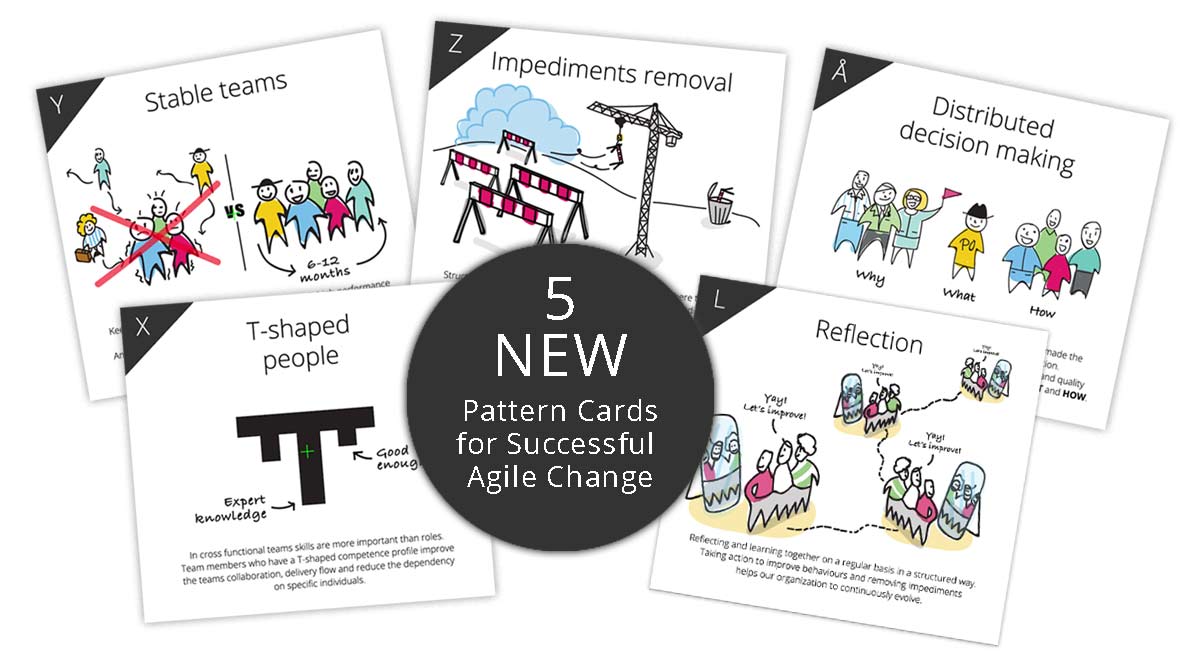
 Det är i den andan jag själv vill se den artikel som Catrin Brodin tillsammans med ett tjugotal av oss som arbetar med förändringsledning har skrivit.
Det är i den andan jag själv vill se den artikel som Catrin Brodin tillsammans med ett tjugotal av oss som arbetar med förändringsledning har skrivit. 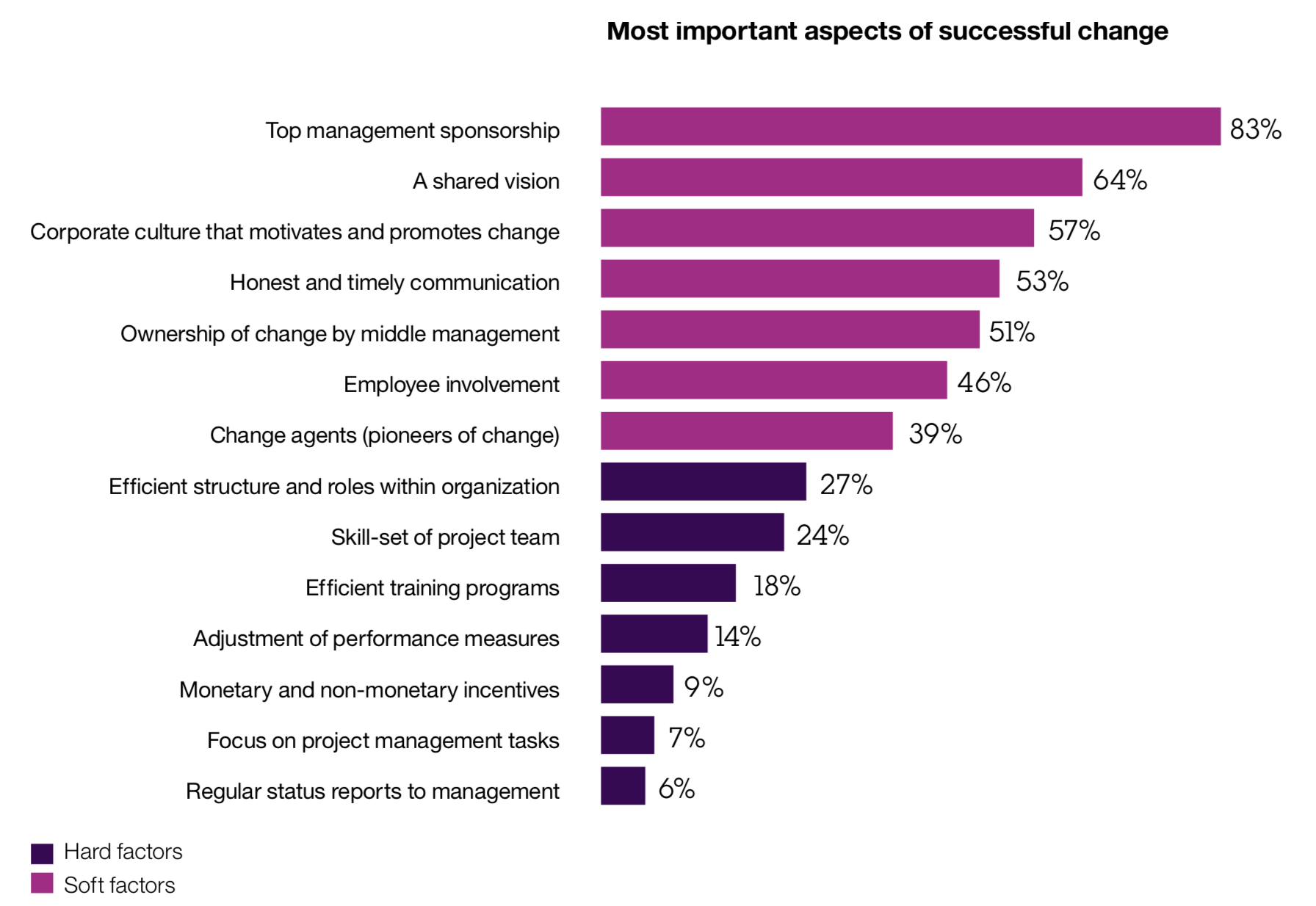 Även i andra länder där det istället heter Walpurgisnacht eller Saint Walburga’s Eve hittar vi dessa problem. Två internationella undersökningar visar att nyckelfaktorerna för framgångsrik förändringsledning inte skiljer sig åt mycket eftersom det är samma utmaningar vi alla behöver hantera.
Även i andra länder där det istället heter Walpurgisnacht eller Saint Walburga’s Eve hittar vi dessa problem. Två internationella undersökningar visar att nyckelfaktorerna för framgångsrik förändringsledning inte skiljer sig åt mycket eftersom det är samma utmaningar vi alla behöver hantera. 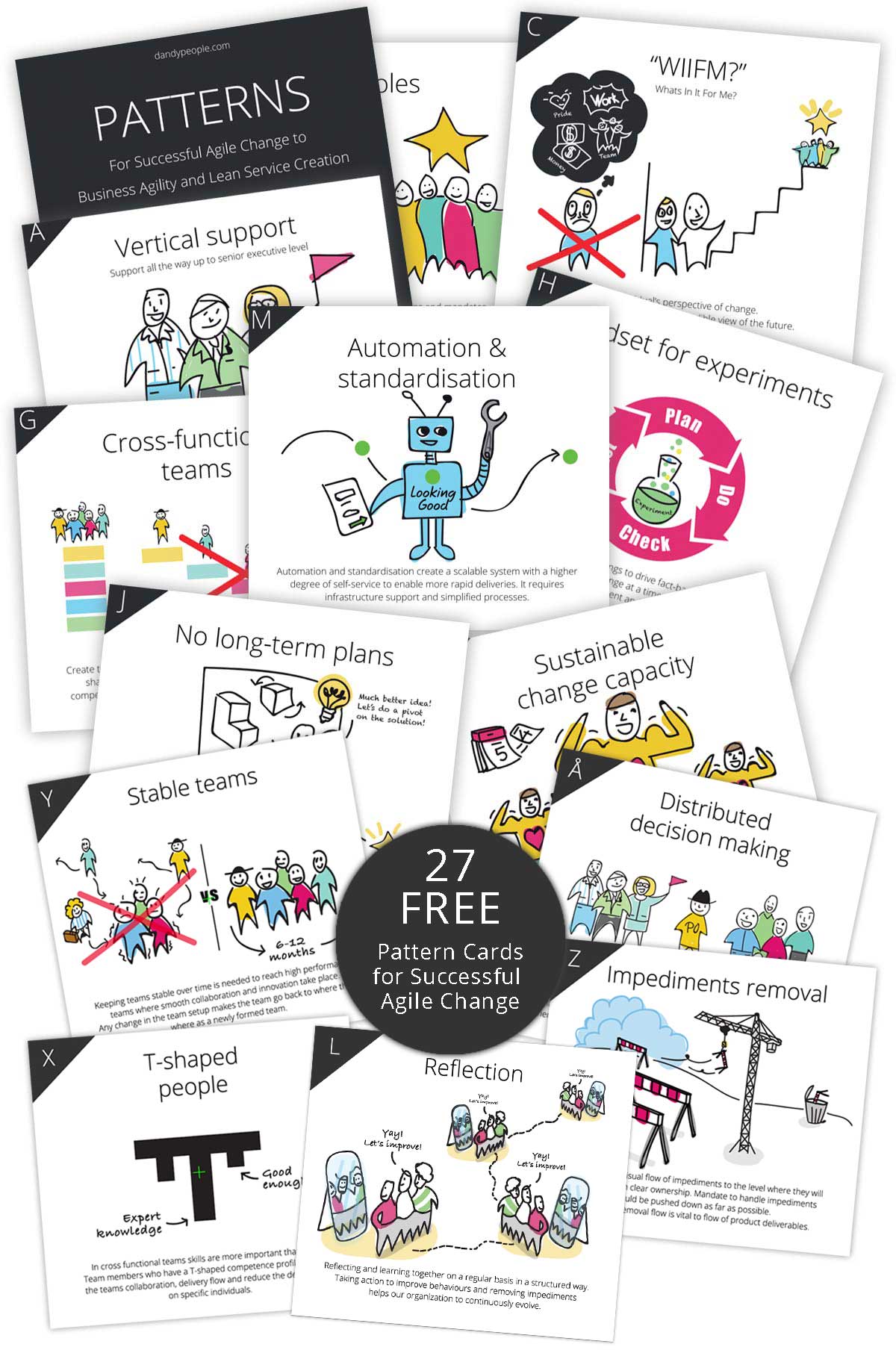


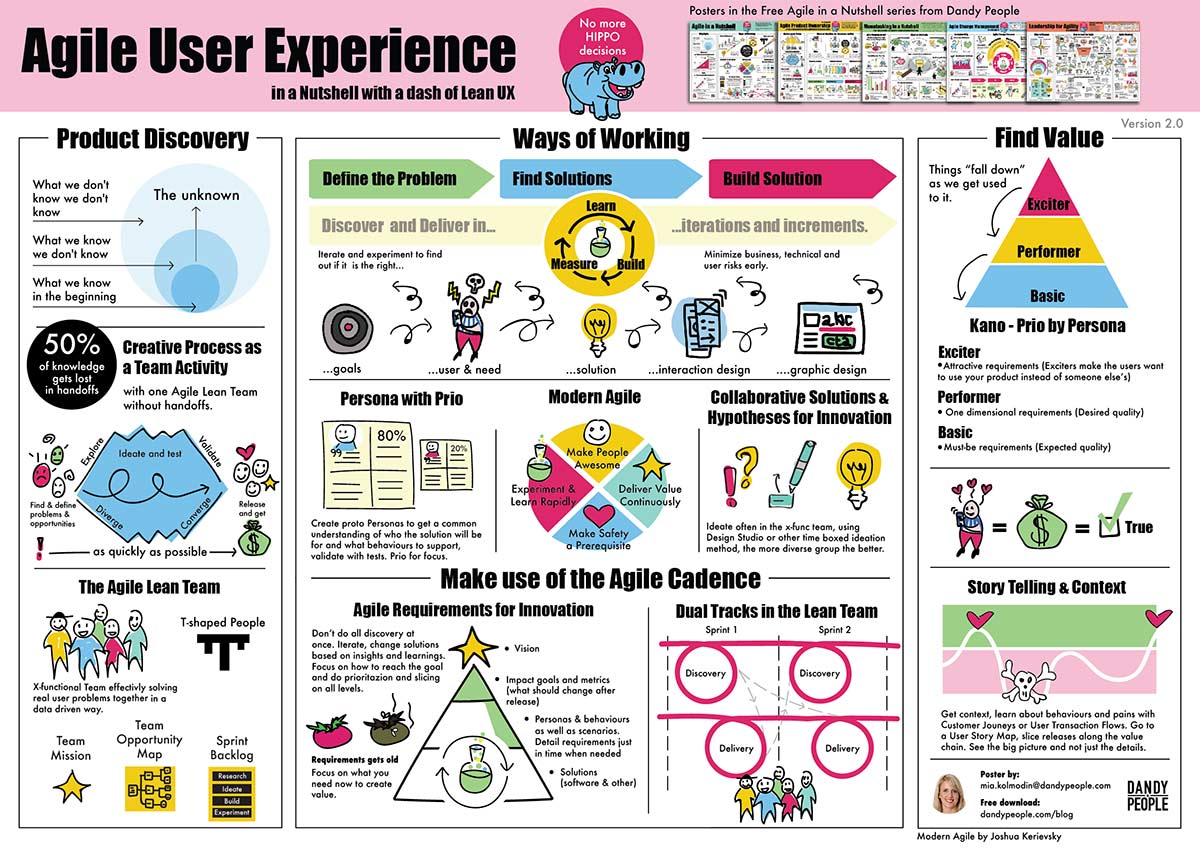
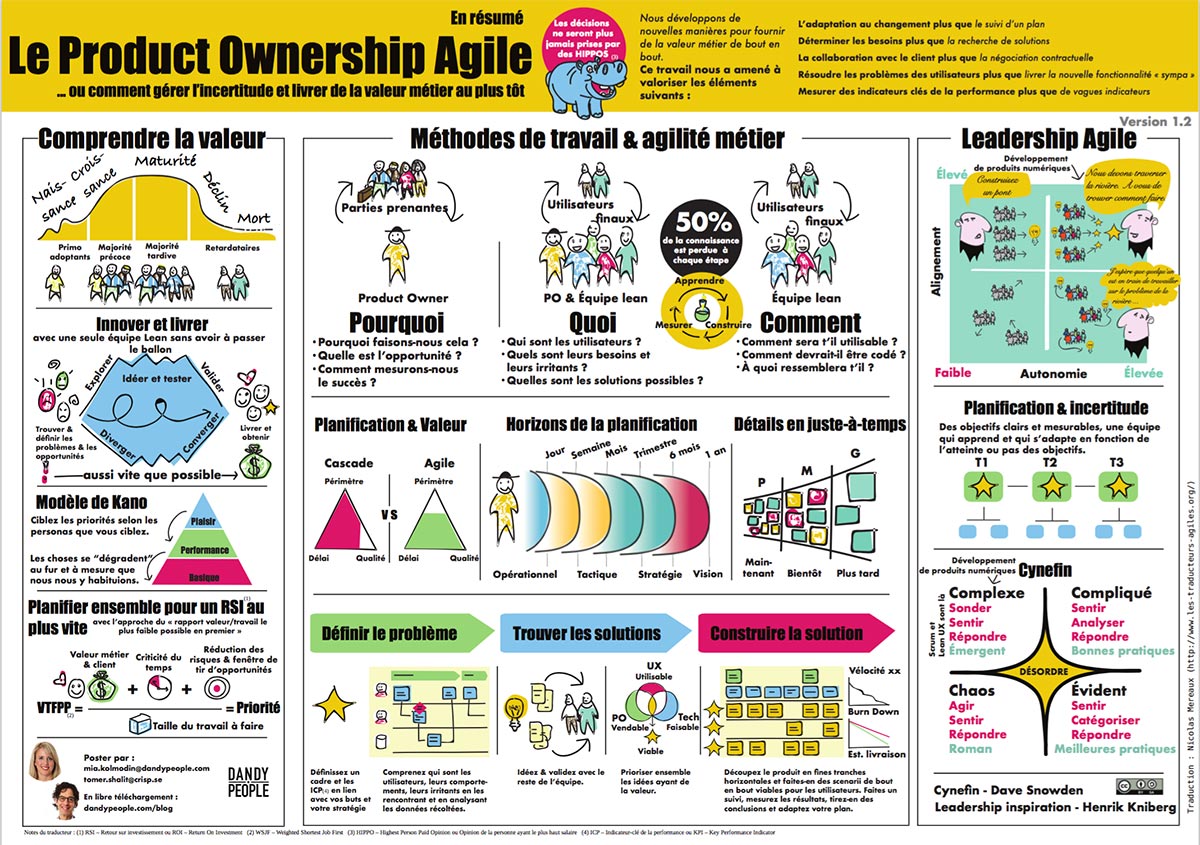
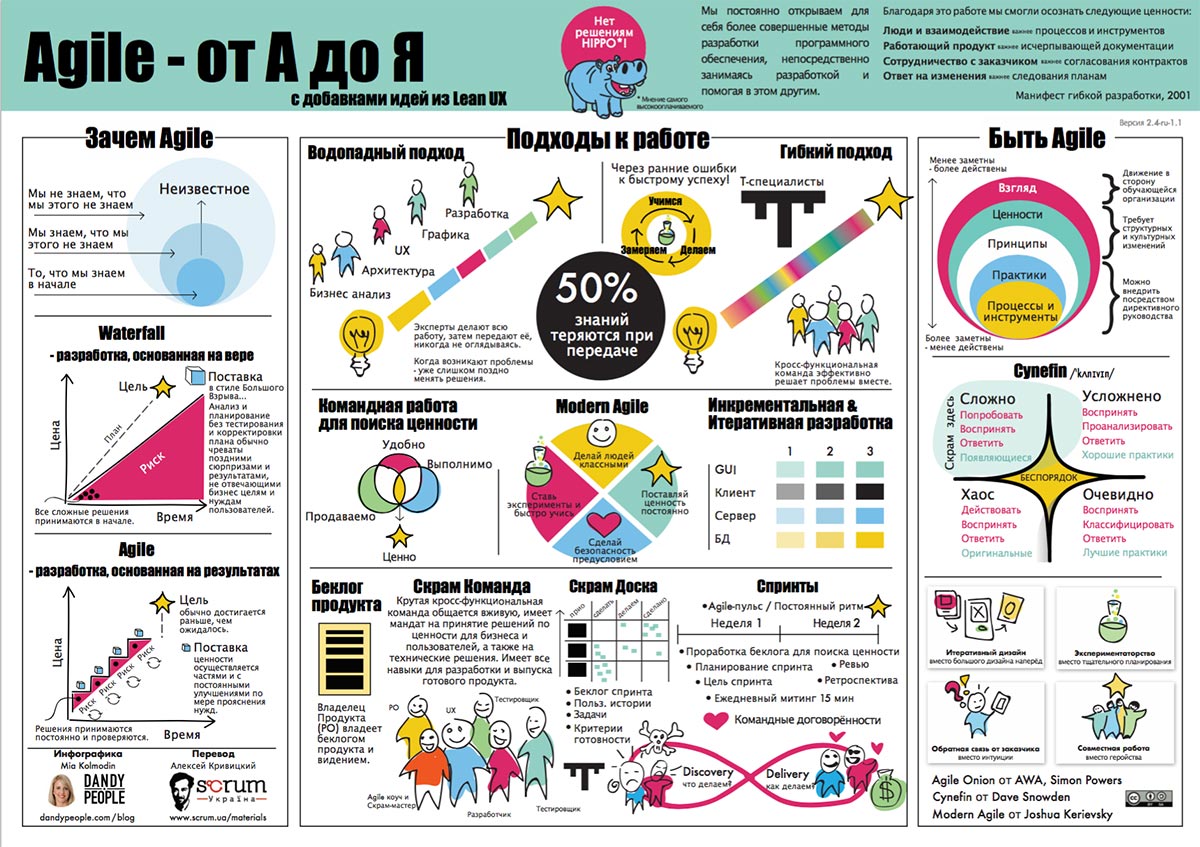
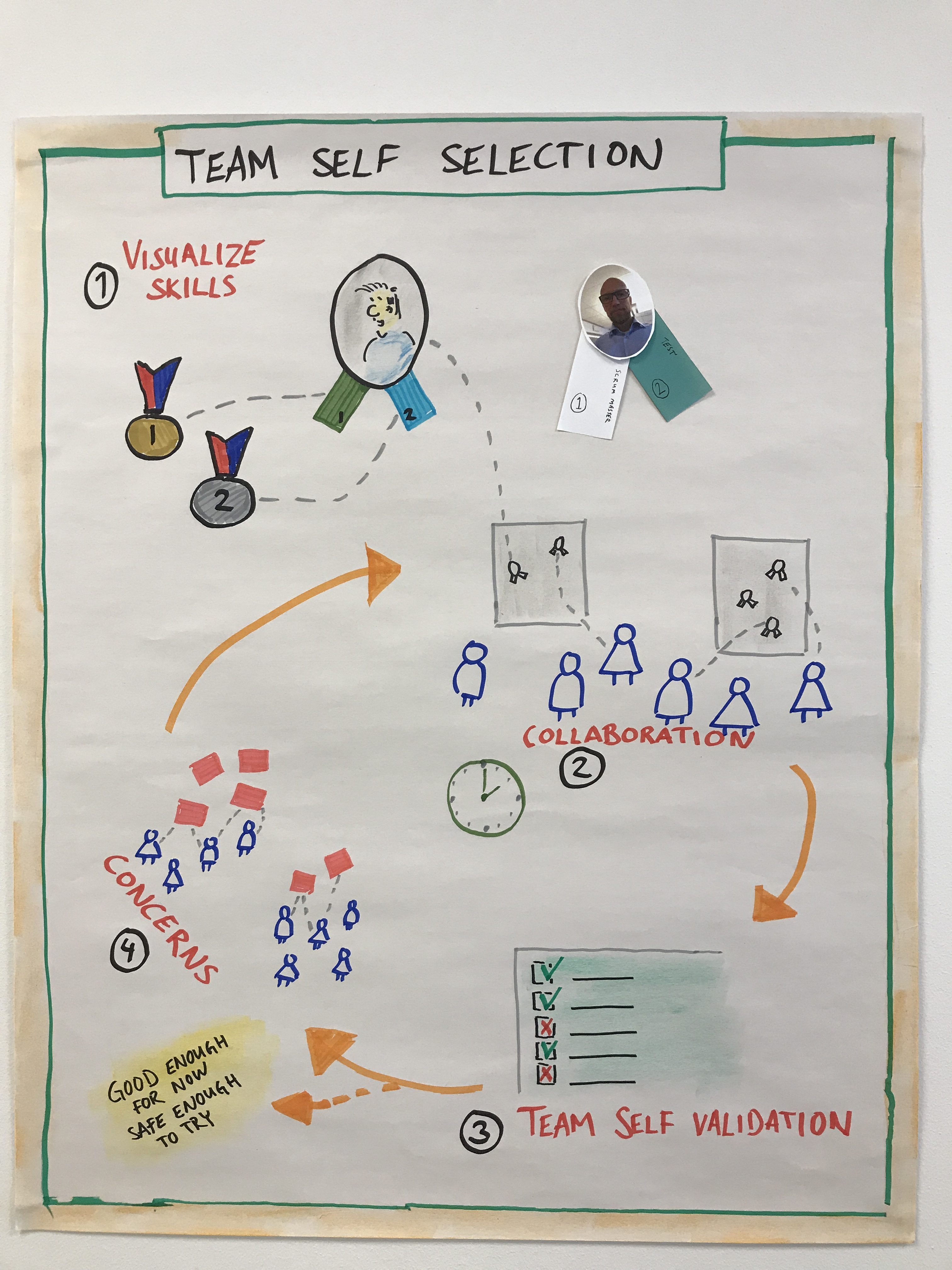
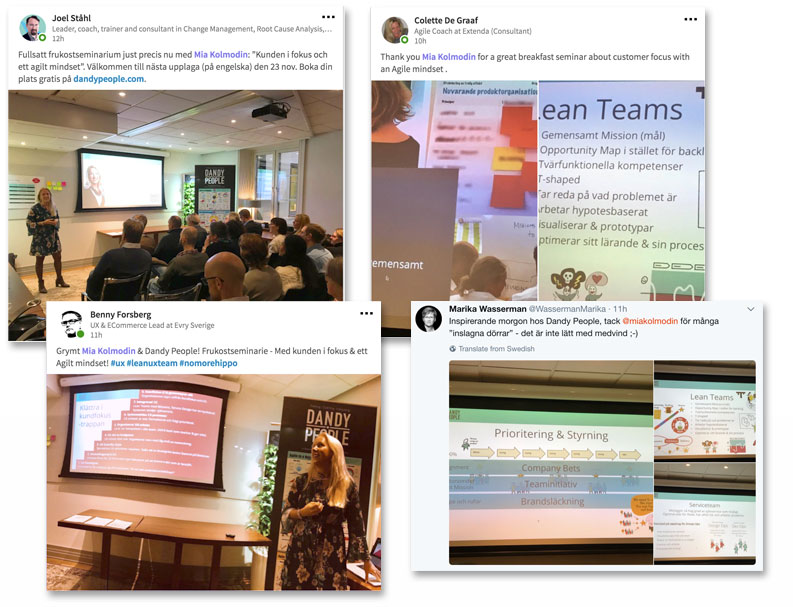


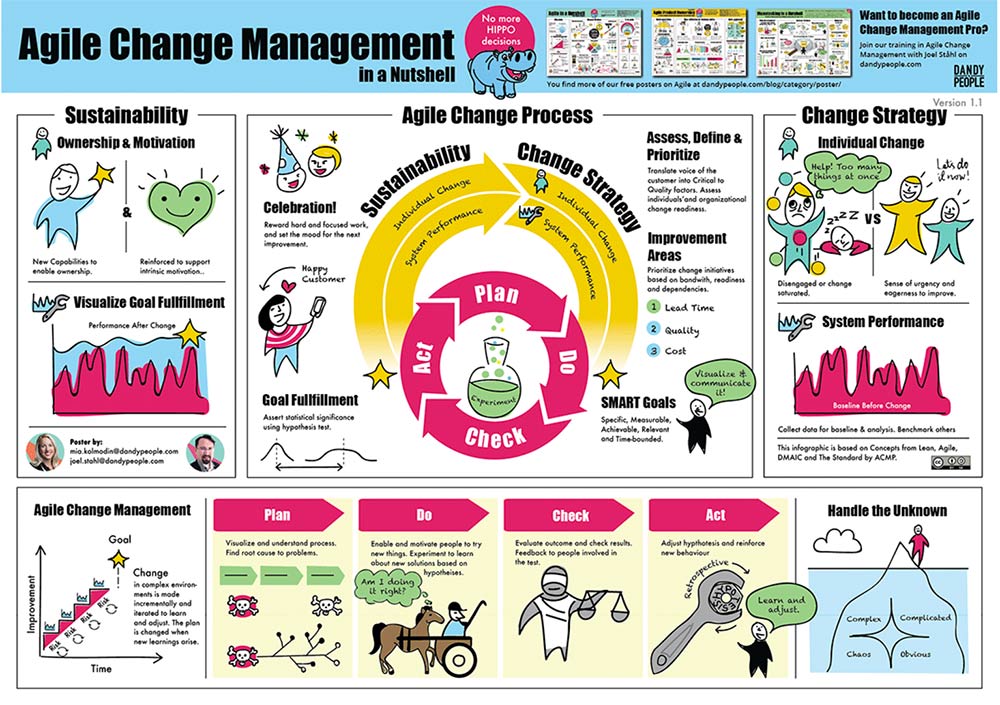

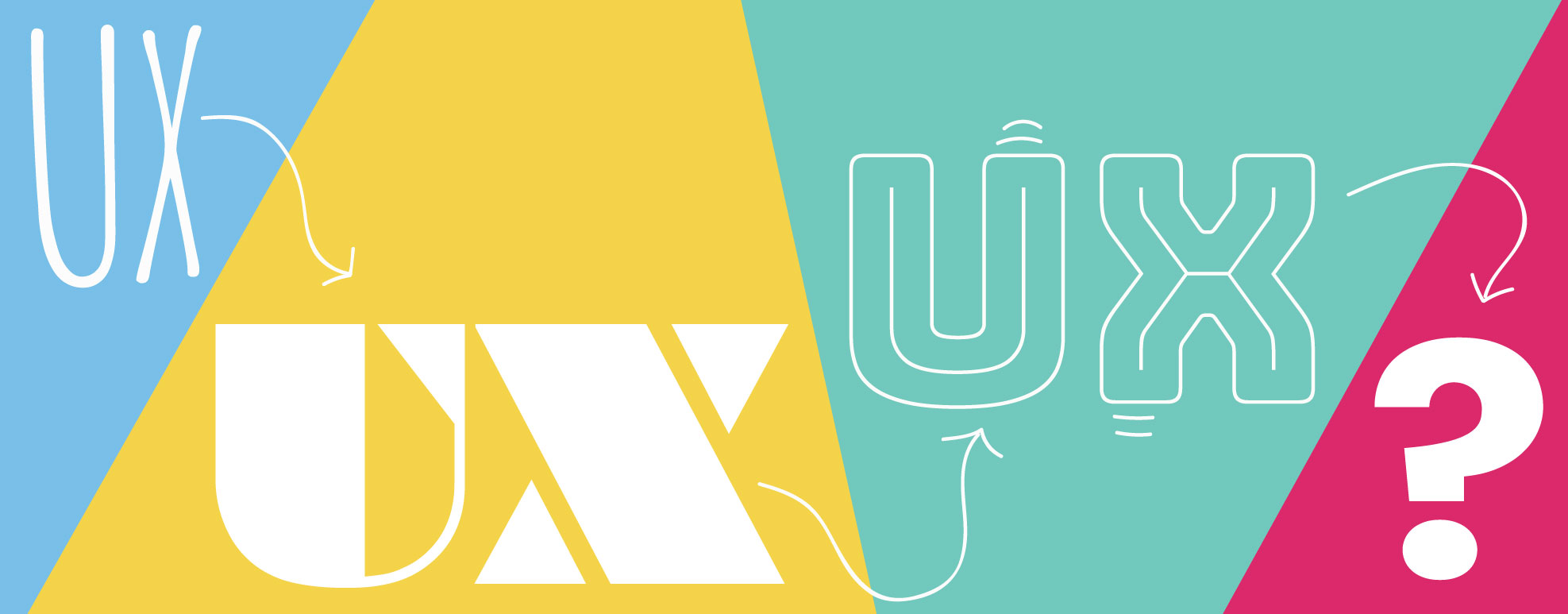
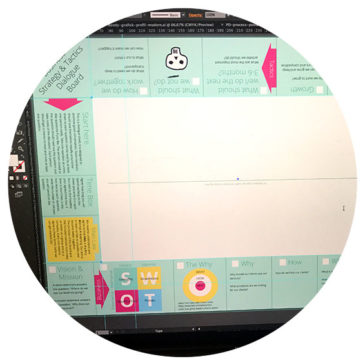
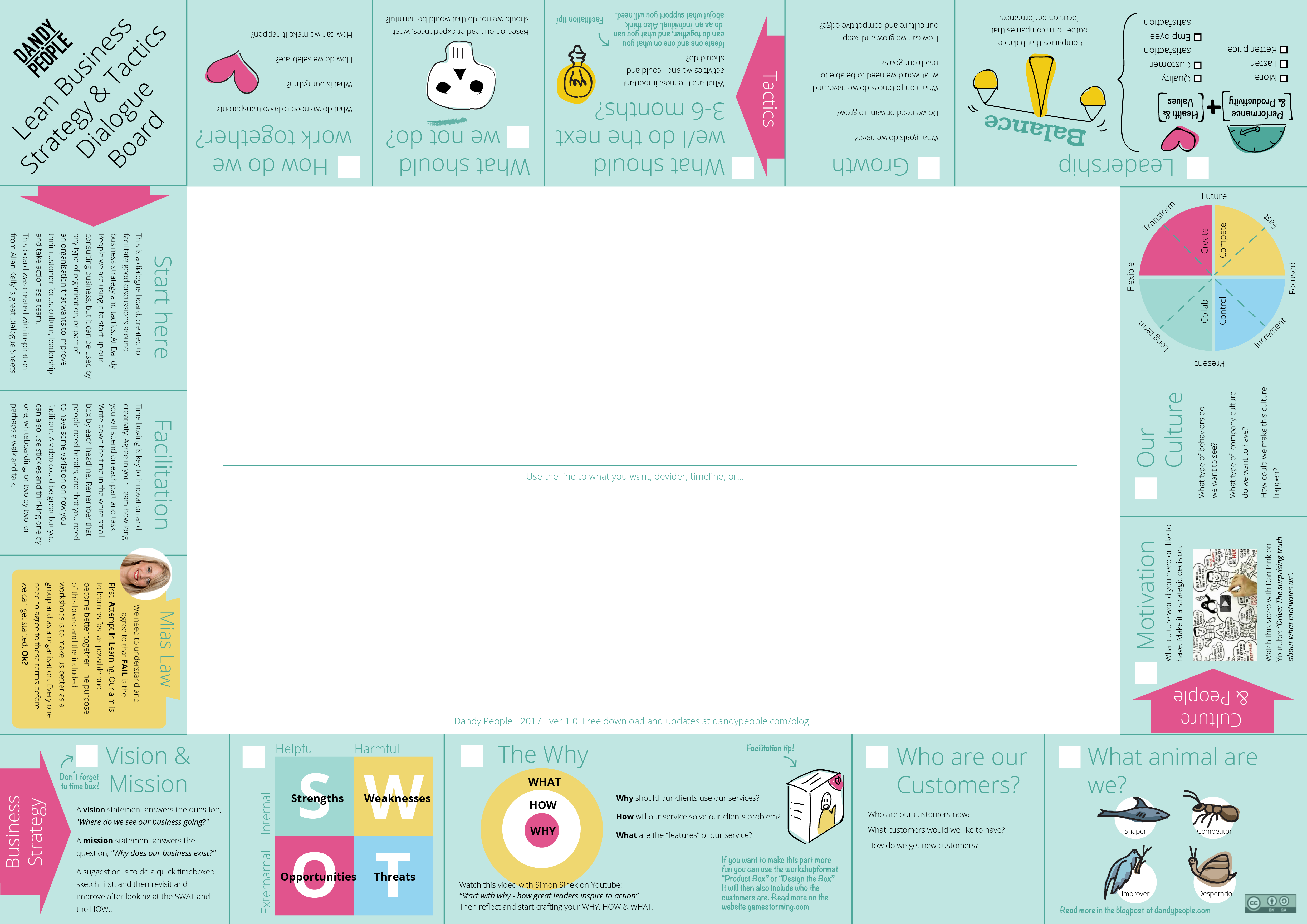
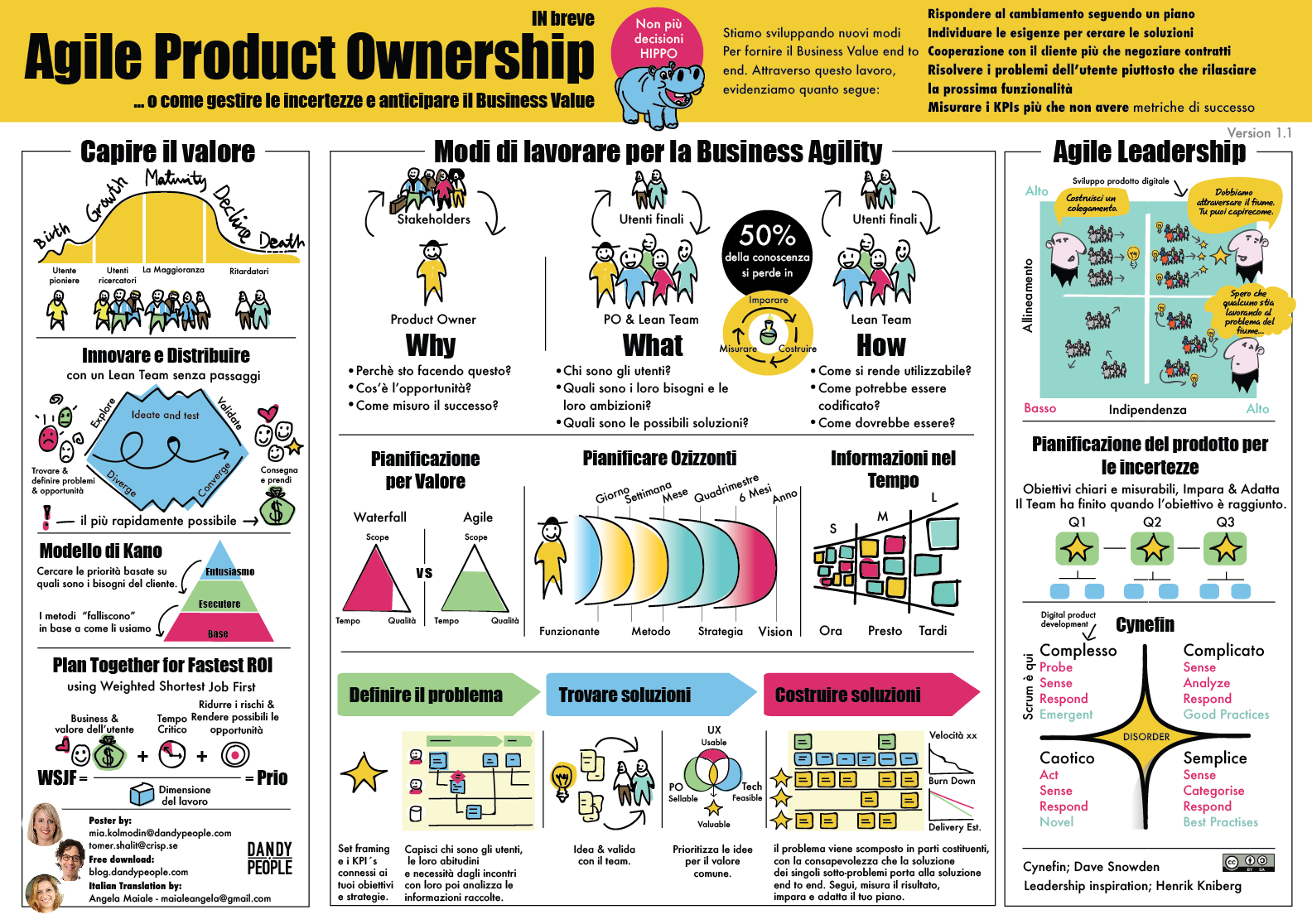
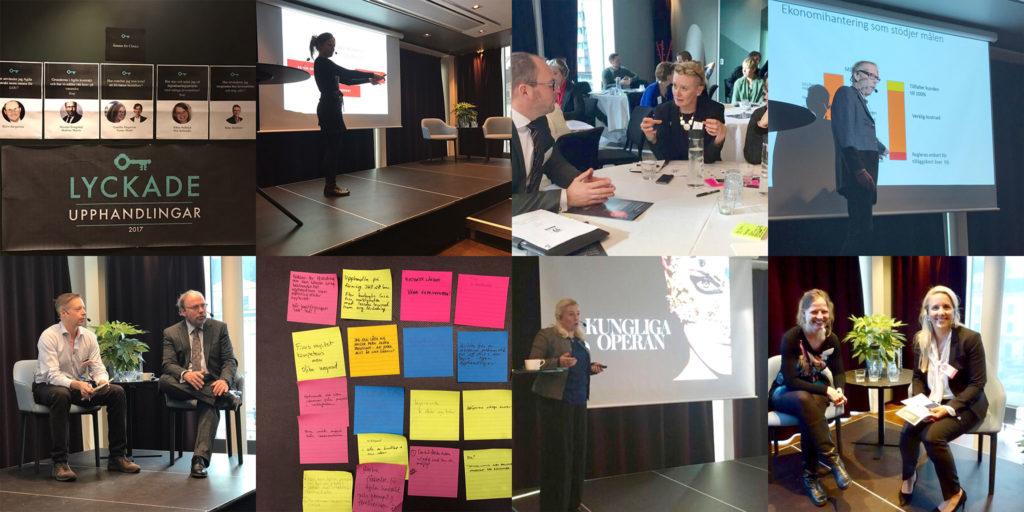
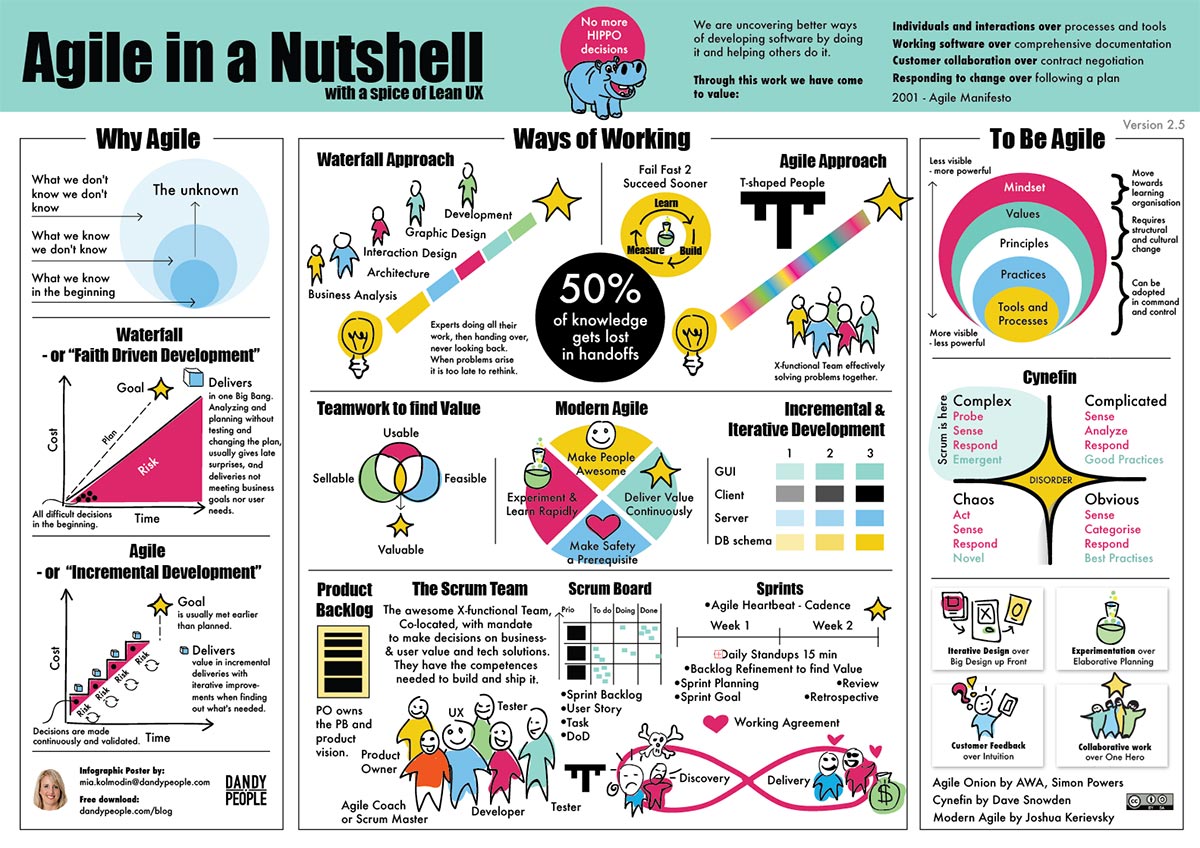
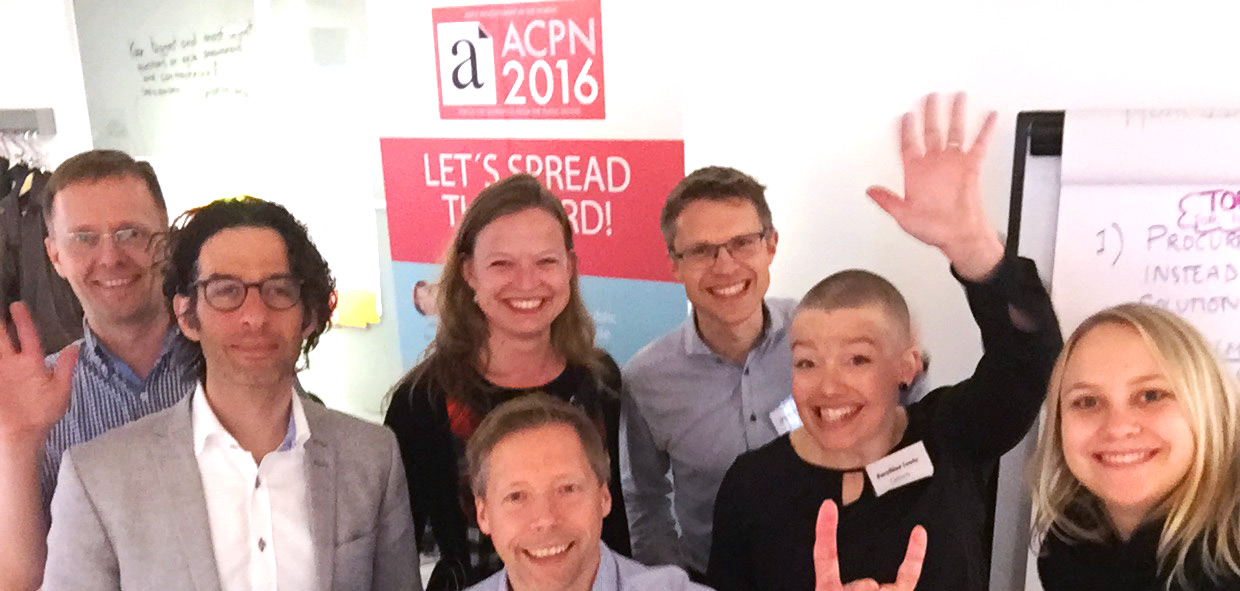
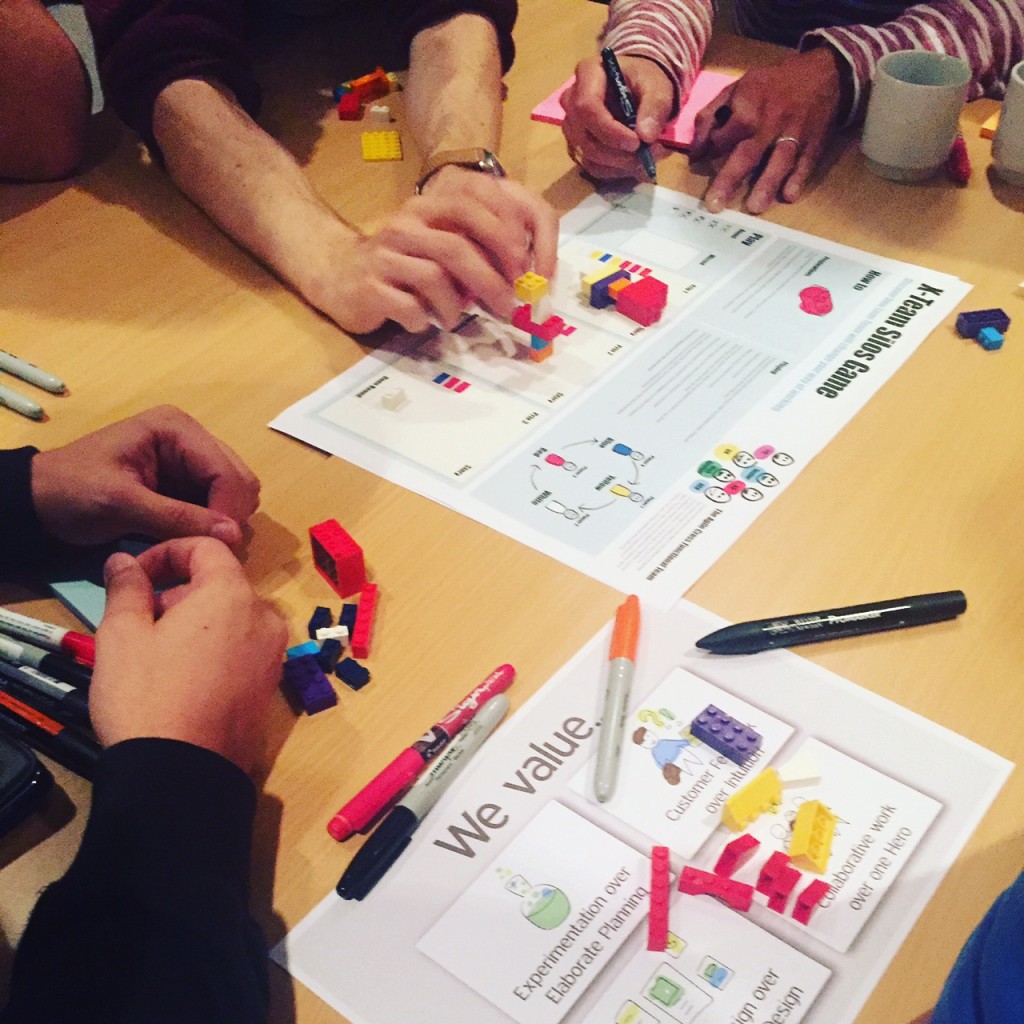
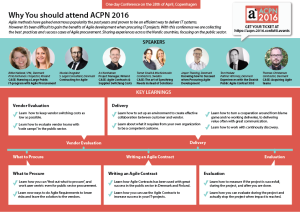
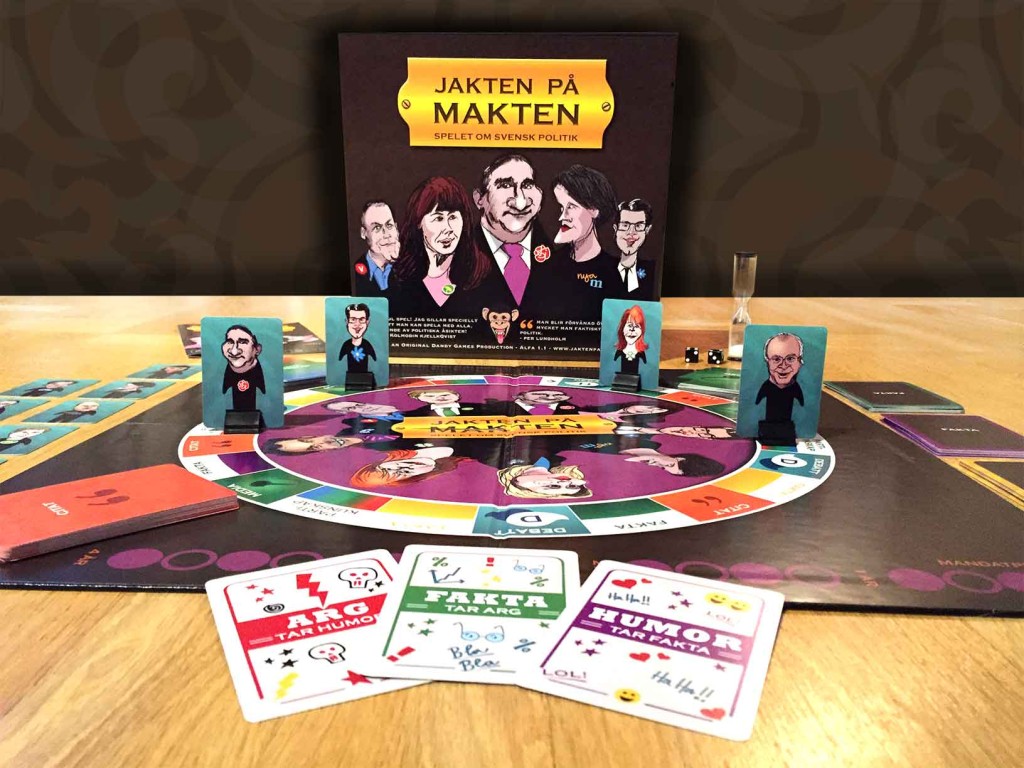
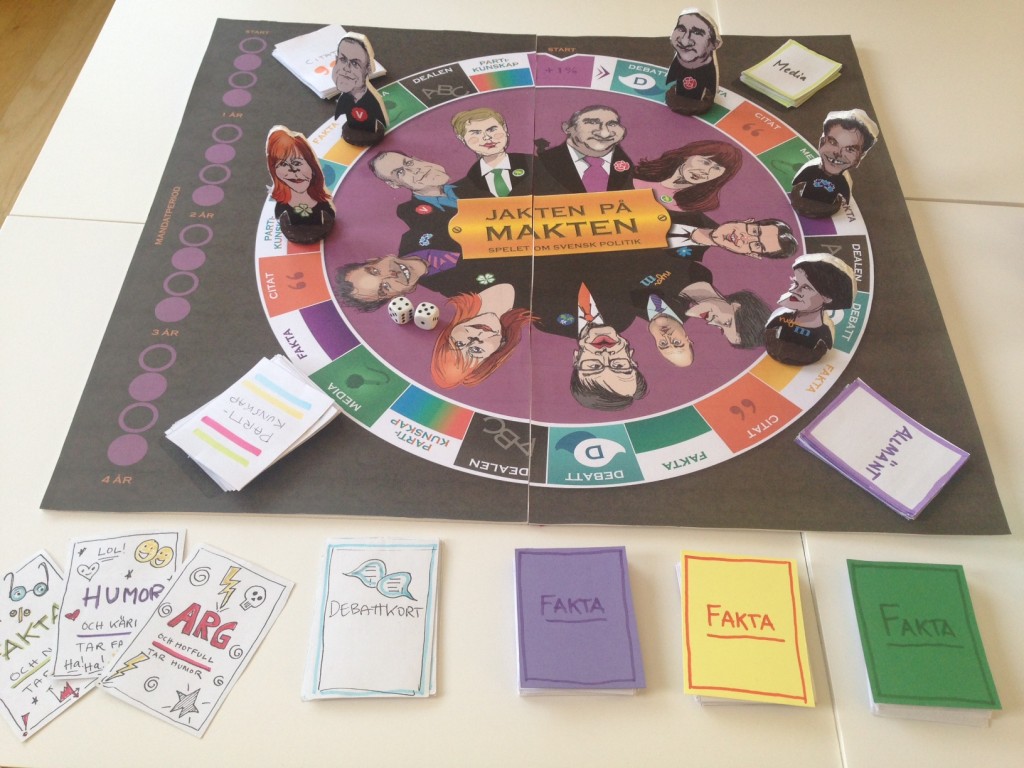
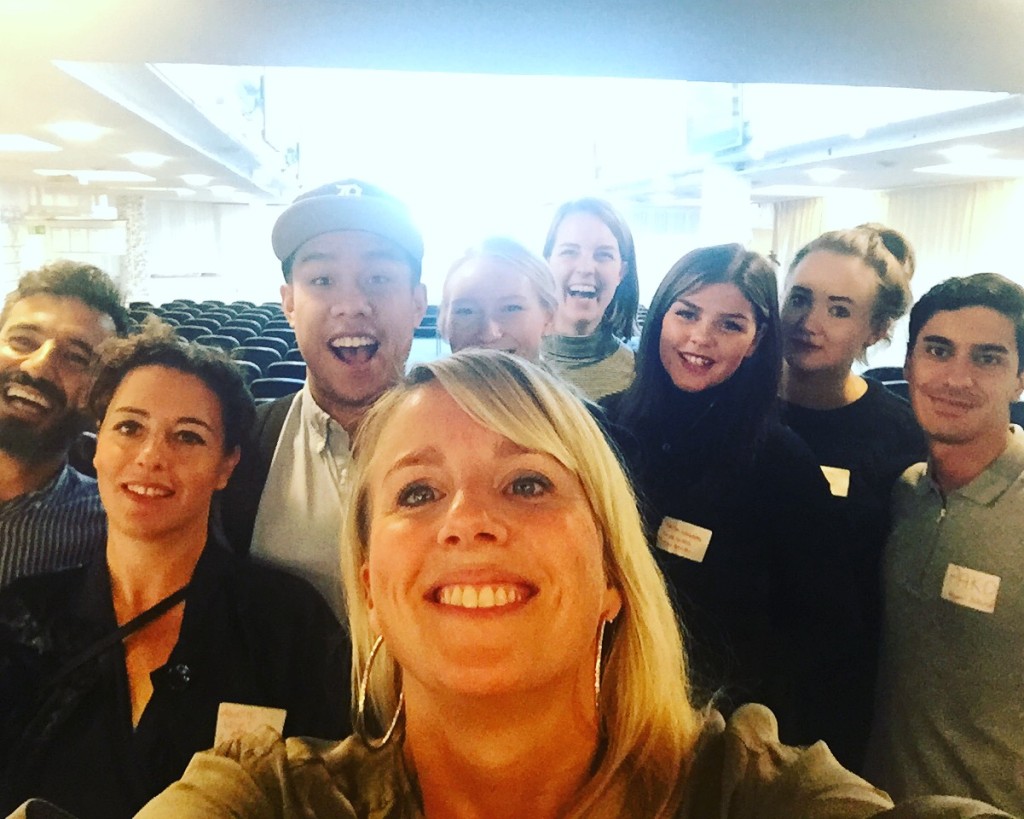
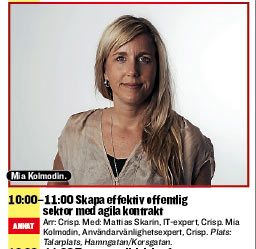 Just nu packar jag och fixar det sista inför avfärden till Almedalen, mitt första besök på den omtalade politikerveckan. Det ska bli oerhört spännande. Vad ska jag göra där då? Jo, jag och Mattias Skarin, samt Tomer Shalit, som alla brinner för att förbättra världen genom Agil upphandling med Agila kontrakt, ska prata under söndagen på talarplats Hamngatan/Korsgatan kl 10.00 – 11.00, på temat “Skapa effektiv offentlig sektor med Agila kontrakt”. Det här blir en grym avslutning på en vår med många frukostföreläsningar hos olika företag och myndigheter på samma tema, vi lyckades också få till en interpellation i Riksdagen där Statsrådet Ardalan Shekarabi (s) tog beslutet att upphandlingsmyndigheten ska utreda införande av Agila kontrakt. Vi har också haft vår första utbildning på samma tema, “Certifierad Agil Beställare”. Vi har så här långt märkt att ämnet är glödande hett, så mer kommer att komma under hösten.
Just nu packar jag och fixar det sista inför avfärden till Almedalen, mitt första besök på den omtalade politikerveckan. Det ska bli oerhört spännande. Vad ska jag göra där då? Jo, jag och Mattias Skarin, samt Tomer Shalit, som alla brinner för att förbättra världen genom Agil upphandling med Agila kontrakt, ska prata under söndagen på talarplats Hamngatan/Korsgatan kl 10.00 – 11.00, på temat “Skapa effektiv offentlig sektor med Agila kontrakt”. Det här blir en grym avslutning på en vår med många frukostföreläsningar hos olika företag och myndigheter på samma tema, vi lyckades också få till en interpellation i Riksdagen där Statsrådet Ardalan Shekarabi (s) tog beslutet att upphandlingsmyndigheten ska utreda införande av Agila kontrakt. Vi har också haft vår första utbildning på samma tema, “Certifierad Agil Beställare”. Vi har så här långt märkt att ämnet är glödande hett, så mer kommer att komma under hösten. 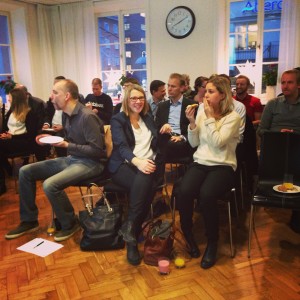
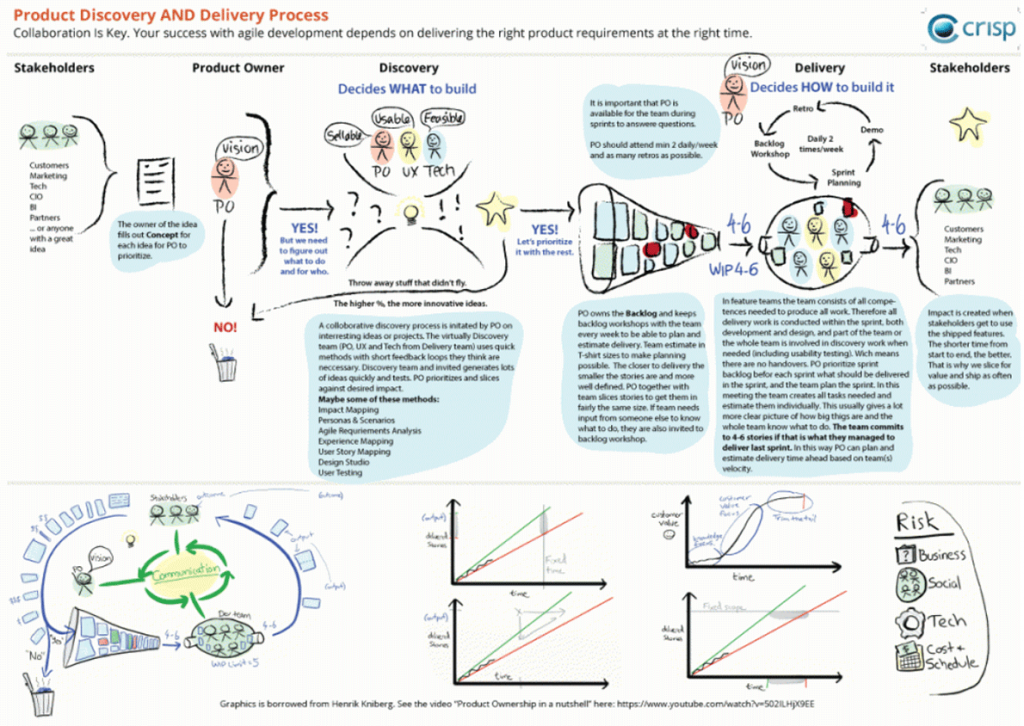

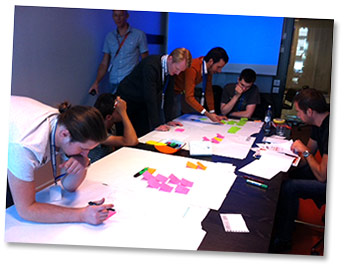



Recent Comments